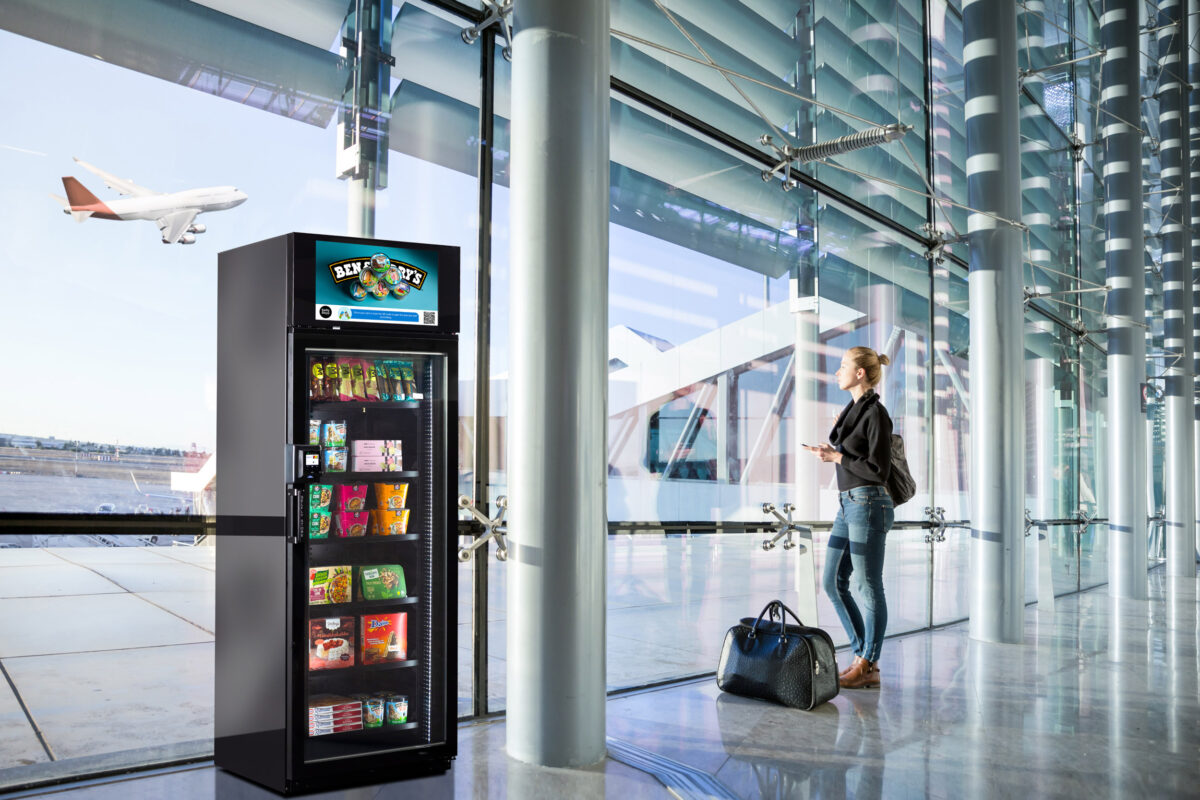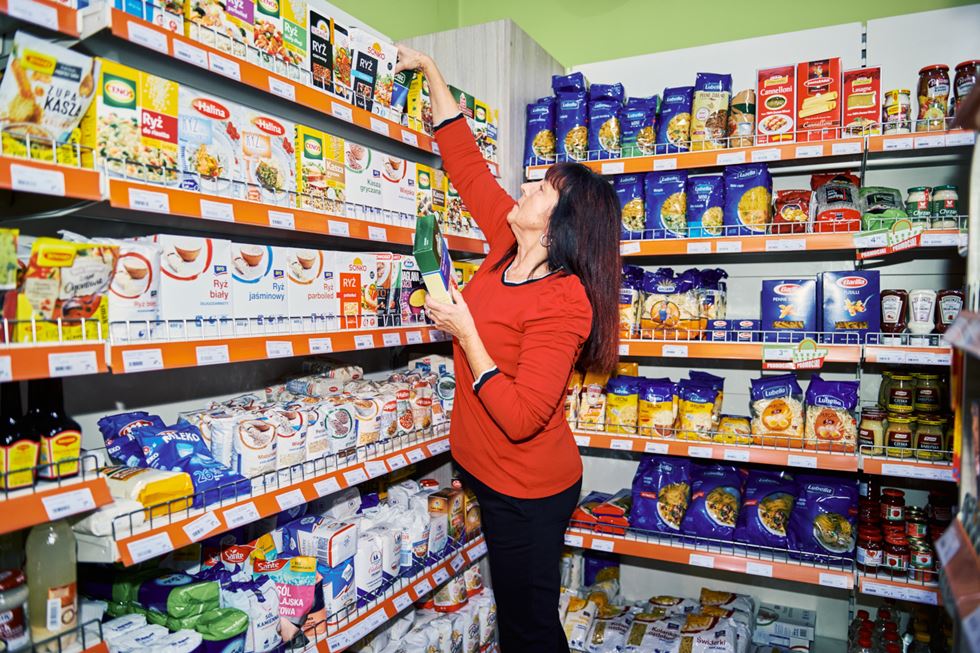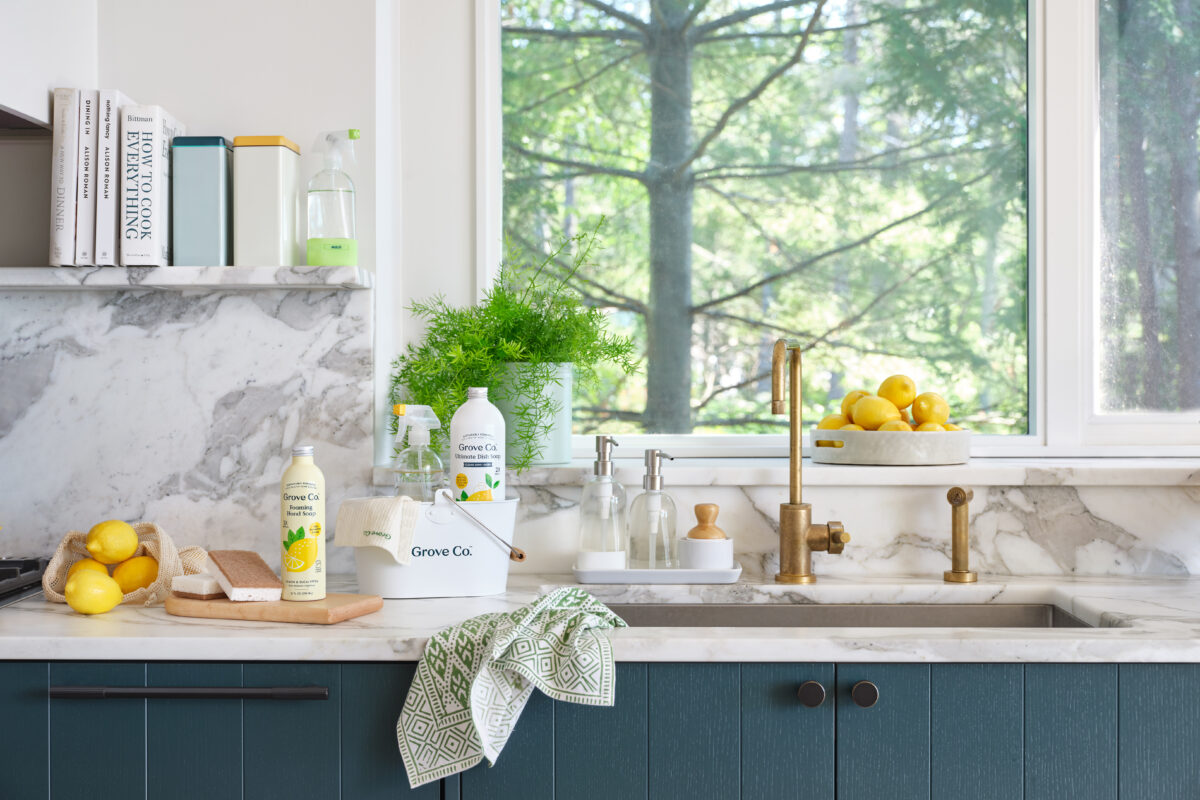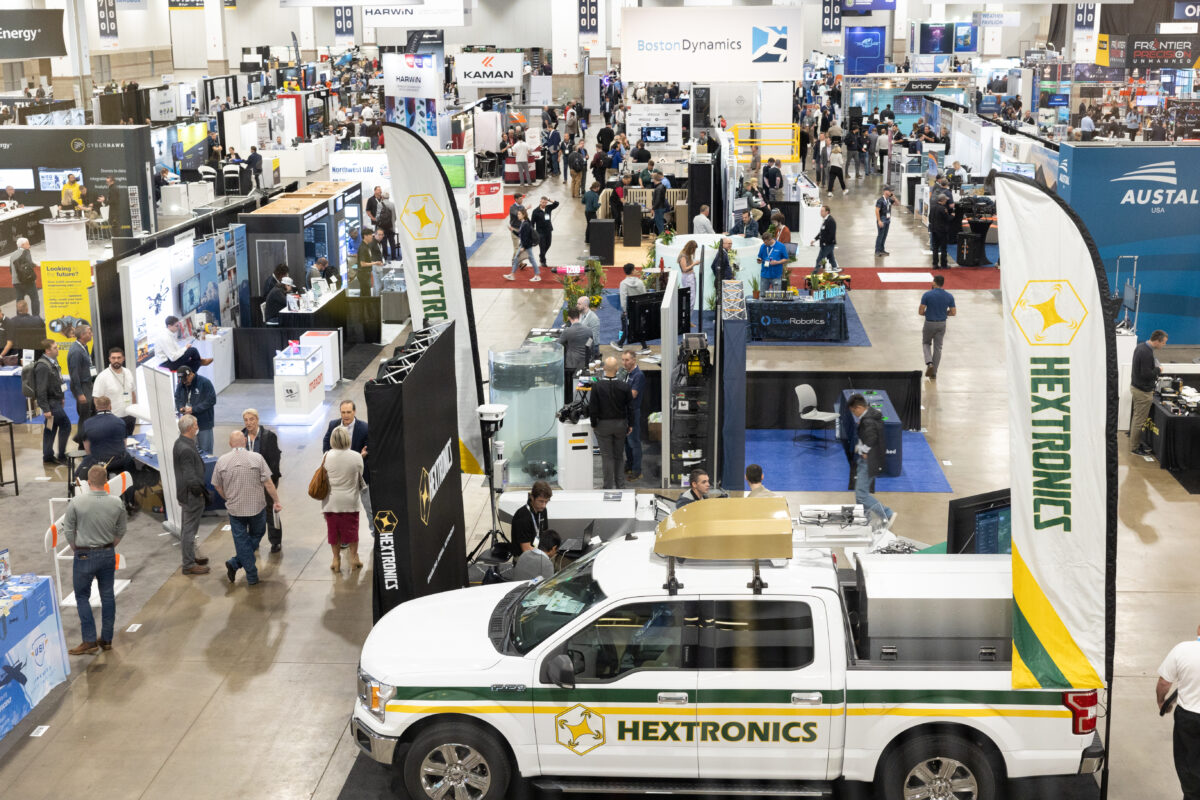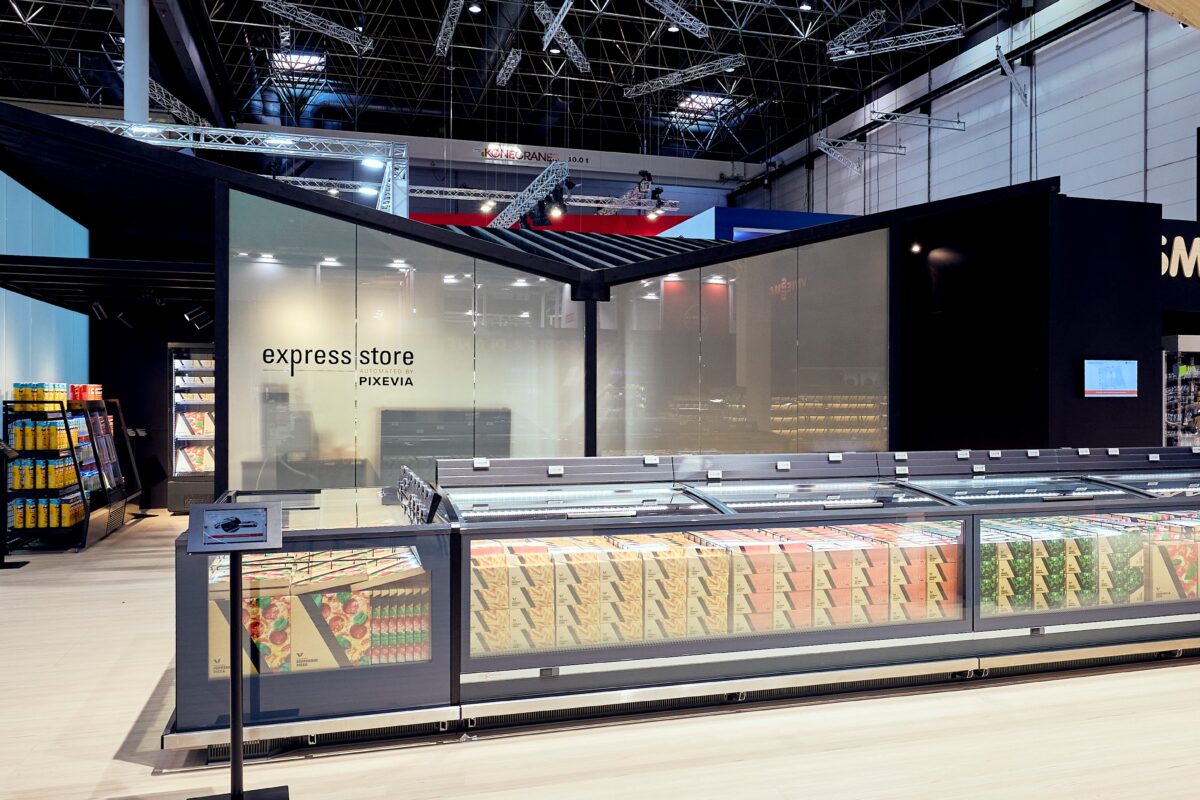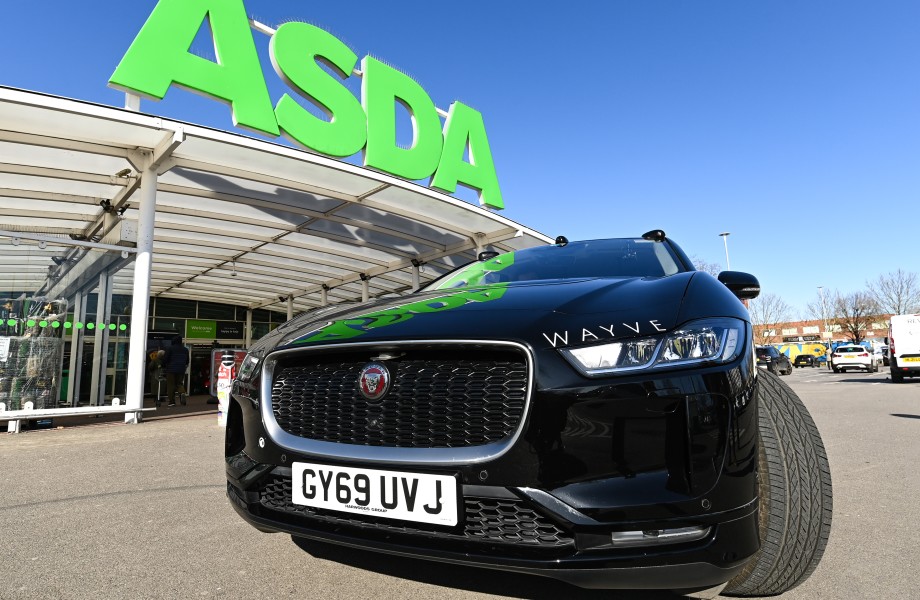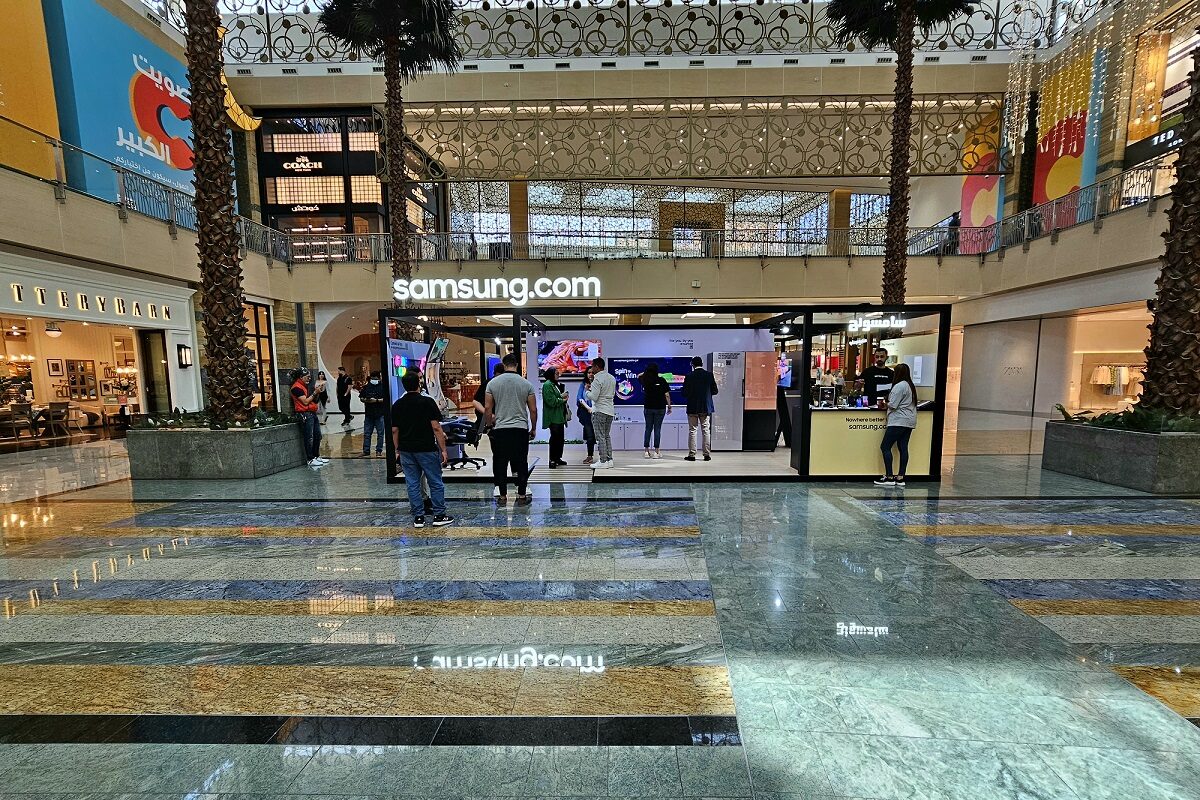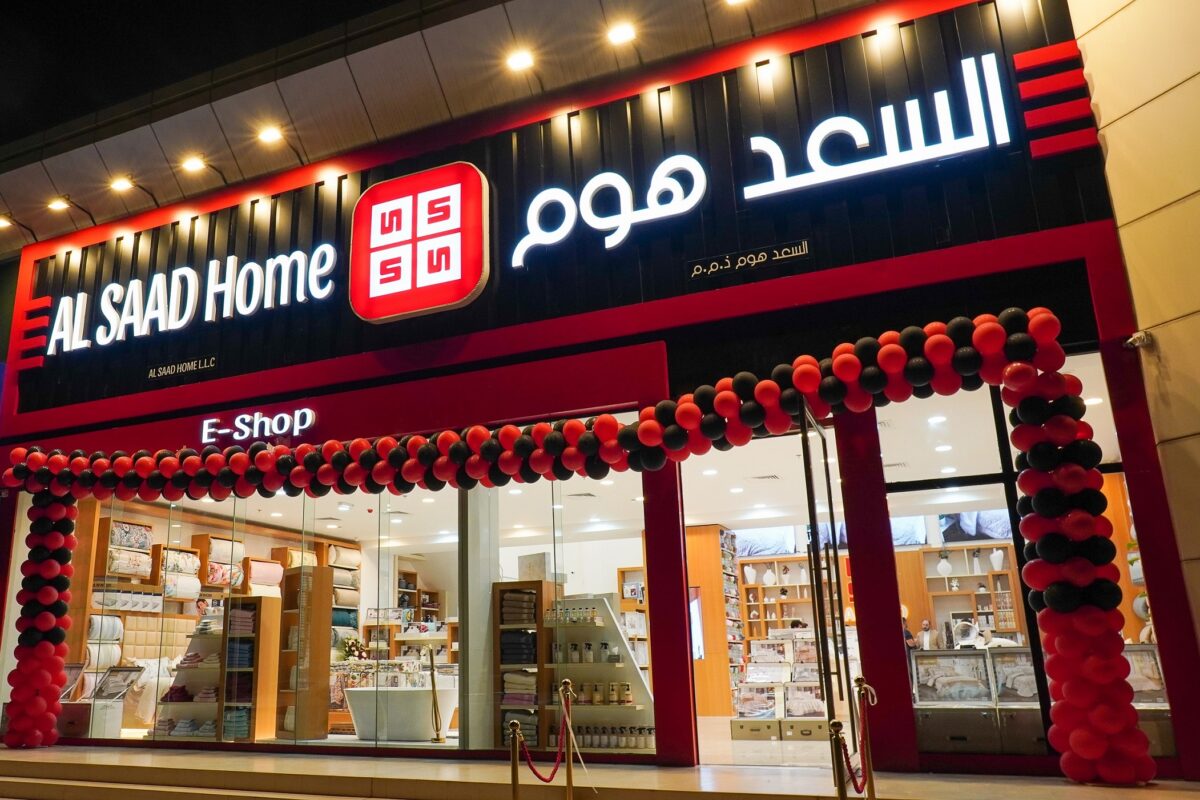Scan the goods yourself, pay and leave the store in the fastest way possible: Seamless and contactless checkout has received a definite boost in importance during the Corona crisis. The EHI session “Seamless Store” provided current best practice examples from the retail sector.
The pandemic-induced digitalization push, hygiene measures and concerns about contagion are spurring the spread and customer acceptance of self-checkout and self-scanning applications in retail, according to the latest EHI study “Technology Trends in Retail 2021.” Whether it’s Shipfrom- Store, Tap & Go, Scan & Go, Grab & Go or fully autonomous stores – retail companies are currently eagerly testing and piloting innovative solutions for a seamless shopping experience in practice. There will be no blueprint for all use cases, according to the conclusion of the EHI session “Seamless Store”. Rather, each retail company must decide individually which solution suits it and its clientele.
Dutch grocer Jumbo equipped its conventional shopping carts with Walkout’s Shop & Go solution in a pilot store. The Israeli startup’s solution uses cameras and AI-based image recognition techniques to automatically detect goods that customers put in or take out of the cart. The launch was made possible via an integration with GK Software’s standard software on the software provider’s Omnibasket developer portal. The portal allows companies to integrate with GK’s “Cloud4Retail” cloud platform and connect business logic and services with their own solutions or extend the various touchpoints in the stores with their applications. Developers can use simple JavaScript instructions to connect web applications, for example, for time tracking and enriched item content such as augmented reality apps to the POS, mobile POS or a kiosk.
Networked
To bring digital and stationary worlds together, Scandit combines mobile barcode scanning and text recognition with augmented reality (AR). The computer vision software from the Zurich-based company, which is used by Metro and dm-drogeriemarkt, among others, displays information about the product, offers, personalized promotions or price comparisons via an AR overlay. The “MatrixScan” function captures multiple barcodes at once.
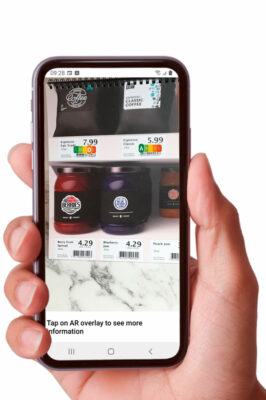
Scandit’s augmented reality overlay can be used to display a product’s Nutri-Score, among other things. Photo: Scandit
Another approach for seamlessly linking online and offline channels was presented by Romulus Grigoras, founder and CEO of Onestock, and Boris von Brevern, Consultant & Business Partner in Germany: Intersport France, as part of its digital transformation, has given every store the opportunity to sell its products directly on Intersport’s web store to increase supply and stock quantity. As part of this, the apparel brand introduced the Onestock order management solution. The tool unifies the stores’ inventory levels, making it possible to offer around 90 percent of the product range for sale on the website and for shipment from the store. Nine months after implementing Onestock in France, Intersport reported a 200 percent increase in web sales between 2018 and 2019. Intersport and Onestock received the EHI’s “reta award” for the 2021 project.
More and more retailers are testing self-scanning via customer smartphone, including cross-company apps such as Snabble or Koala, which are designed to enable users to shop at multiple retailers via one app. The Koala self-scanning solution from the startup of the same name is currently installed at the two independent merchants Struve in Hamburg and Meyer in Pinneberg, as well as at two Tchibo stores in Hamburg. The name Koala stands for “purchase without effort and long queues”. Customers scan the barcode of the goods themselves at the shelf using the app, can then pay for the digital shopping cart directly in their own cell phones, and leave the store via a specially equipped “fastlane.”
If there is no barcode on the desired product, such as fruit, it is also sufficient to scan the sign on the goods display. To ensure that only paid purchases can pass through the exit, the app generates a one-time valid QR code after payment, which customers can use to prove their purchase or, in larger store formats, to open a barrier at the exit. In addition, random checks help to increase security. Currently, Koala accepts Apple Pay, Google Pay and Paypal in addition to credit card and secured SEPA.
In April, the Nuremberg branch of the franchise company Tee Gschwendner introduced the mobile self-scanning solution “Snabble”. The app allows customers to scan products with their own smartphone as they walk through the tea store, put them straight into their shopping bag and pay for them in the Snabble app. Alternatively, customers can scan and pay for their items at a Pyramid terminal. Tee Gschwendner wanted to offer customers who don’t want intensive advice on their tea the option for a quick purchase, reported Alexandra Tsingeni, Head of Business Development at Snabble.
Age verification
Seamless – and above all, contactless if possible – shopping is also gaining in importance during the crisis. This is confirmed by numerous pilot projects of well-known retailers such as Migros, Edeka or Bünting. Alexander Hahn, CSO and member of the management board at Pyramid, presented various “concepts of the future” in his talk, including the
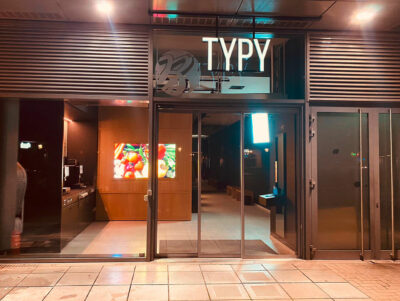
Orders are placed at the fully automated Typy store in Düsseldorf via app or on site at the terminal. Photo: Typy
digital self-service store Typy by the startup Campo, which opened in November 2020 in Düsseldorf’s Medienhafen.
Local partners supply the flagship store with freshly prepared sandwiches, bowls, salads and a selection of smoothies every day. Coffee specialties are also available. Customers can compile their purchases around the clock in the Typy app or at Pyramid terminals in the store and pay without cash. Afterwards, they receive a pick-up code with which they can collect their purchase at a dispensing station.
“A much-discussed topic in autonomous stores is age verification,” said Alexandra Tsingeni. At the Tegut store “Teo”, which is not staffed, verification is carried out via age characteristics using the Girocard at the SCO terminal. If the customer purchases via the Snabble app, he or she must also make the first purchase at the SCO terminal. After that, the age feature can be stored in the app. Subsequent purchases can then be processed without the terminal. “Tobacco is also only issued once the goods have been paid for,” Alexandra Tsingeni emphasized. The necessary protection of minors is ensured by the fact that a payment in the app is made via biometrics such as fingerprint approval. This means that only the owner:inside of the smartphone can make purchases.
Source: EHI, stores-shops.de
Interested in experiencing the latest smart store solutions for the retail sector? Technologies for Payment, Analytics and Seamless Stores are three of the HOT TOPICS you should not miss at EuroCIS 2022.






